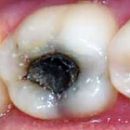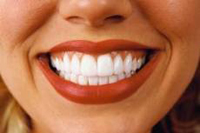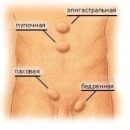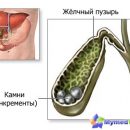Classification of caries of teeth is presented in dentistry. A variety of theories that help the doctor in choosing a treatment technique, in one of them a detailed description of the subcompensated form of caries is given. What to do with the caries of dairy teeth - the problem should be immediately solved by the parents of babies, the doctor will recommend many techniques, including infiltration of caries. Article about it.
Content
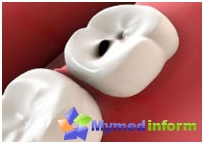 The reflection of such essential parameters of the disease such as the damage to the solid tissue of the tooth with the thinning of the enamel, the softening of dentin and the formation of the carious cavity is reflected in the classification of caries of the teeth, which allows the doctor to unmistakably diagnose the disease. In dentistry, a great many different classifications are presented, each of them reflects the depth, localization and clinical picture of the process. Let's try to figure them out and understand the principle of building according to the most
The reflection of such essential parameters of the disease such as the damage to the solid tissue of the tooth with the thinning of the enamel, the softening of dentin and the formation of the carious cavity is reflected in the classification of caries of the teeth, which allows the doctor to unmistakably diagnose the disease. In dentistry, a great many different classifications are presented, each of them reflects the depth, localization and clinical picture of the process. Let's try to figure them out and understand the principle of building according to the most
Different areas on the example of some of them.
- single foci;
- multiple;
A separate mention deserves the International Classification for WHO Caries of Teeth, and the largest popularity of dentists won the systematization on Black and for. Grape with its subcompensated form of caries.
Subcompensated, compensated and decompensated form of caries
According to the sharpness of the process.Vinogradova divided the pathological process to:
- Compensated - flows slowly, cavities are gradually covered with dense pigmented dentin.
- Subcompensated - the destruction of the teeth is not so fast, carious cavities are localized mainly on the chewing surface, there is a damage of closely arranged incisors of the upper and lower jaws. Children with similar manifestations are less resistant to carious factors than kids with a compensated stage, but destruction is not as fast as with a decomposed form of illness.
- Decompensated - the disease progresses quickly with the formation of multiple carious cavities filled with dentin, while teeth adjacent to cheeks are usually amazed.
Caries of dairy teeth: why appeared and what to do?
Early children's carious process - one of the most common dental diseases in kids, which leads to pain and chewing, deterioration of the overall health, problems with speech, reduce the quality of life. The peculiarities of the caries of dairy teeth is the frequent use of a large amount of carbohydrates, insufficient and low-quality oral hygiene at an early age, a nutritional violation.
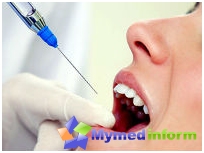
Caries dairy teeth: what to do?, how to treat?, how to help?, how to avoid? - These are the numerous questions of parents whose children were deprived of the necessary prevention and proper care of the oral cavity, starting from 2 years of age, by the fault of the parents themselves. It is known that the teeth are gradually destroyed under the action of organic acids that contribute to the emergence of the caries of dairy teeth. What to do if a defeat is suddenly detected, at least one temporary tooth under the age of 3? Immediately go to the doctor, do not argue that the teeth are temporary, everything will pass after their replacement for permanent. Nothing will pass, over time everything will be wary – This caries, the causes of which may be early infection with the mother fluid, the appearance of a dental plaque in the absence of mechanical cleansing, the food habits of a child associated with the addiction to sweets, sweet carbonated drinks, with an excess of sugar in solid food.
Caries Infiltration: New Treatment Methods
The minimally invasive method of caries infiltration, as well as laser preparation, opens up new opportunities in gentle the treatment of carious cavities. Infiltration and blocking of the starting caries are carried out without drilling and loss of some solid tissue. With this reception, the dentist helps to stop the development of the process in the early stages and correction of primary lesion at the diagnostic phase. Revolutionary decision – The world's first dental material Icon to eliminate the problem of the starting process without prejudice to the health of solid tooth tissues, without the use of anesthesia and subsequent drilling. The use of new technologies helps to apply the properties of high fluid resin penetrate into the enamel of the tooth and block the diffusion of cariesogenic acids, which in turn suspends the carious process in hard-to-reach places.

